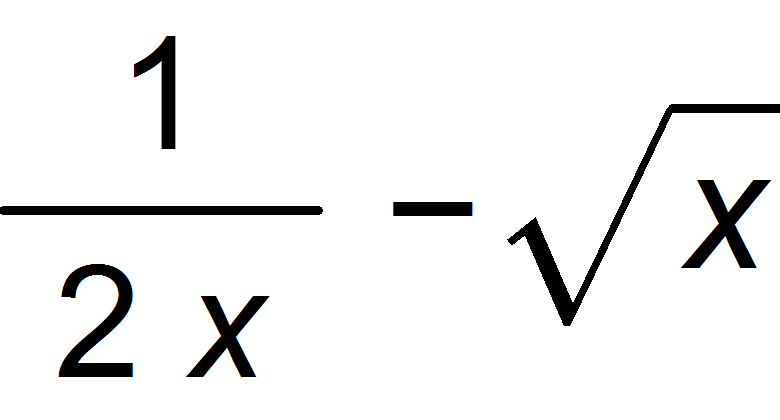427(3): Quantization of m Theory in the H Atom
Many thanks indeed! This looks to be full of interest. The most general spherically symmetric spacetime changes the energy levels of the H atom according the function discovered by Dr. Horst Eckardt numerically and given below. In the first approximation the unperturbed wave functions of the H atom were used as in previous work. The results are analytical for constant m(r) but in general a mainframe or supercomputer could be used to compute the energy levels of all atoms and molecules with any m(r). Any experimentally observed anomalies could be attributed to m(r).
Quantization of m Theory in the H Atom
The energy levels of Hydrogen can be determined including an m function accoring to eq. (16) of the note. However ananlytical results for the integrals are only obtained for constant m(r). I re-activated my library of Hydrogen functions. The total energy in dependence of m(r)=x=const. is:
for atomic units. Then E=-1/2 is the ground state of H. This ground state is altered by x as shown in the graph. It rises for m<1.
Should this calculation be changed according to the results of note 427(4)?
PS: in eq.(16) a factor h_bar squared seems to be missing for the kinetic energy.
Horst
Am 11.01.2019 um 08:06 schrieb Myron Evans:
427(3): Quantization of m Theory in the H Atom
These are interesting remarks, to extend to the fermion equation should be straightforward, using the expression (1) of Note 427(3), because E squared is simply multiplied by m(r1) in frame (r1, phi). One should look for anomalies in the usual quantum theory, using your Ph. D. Thesis, and try to explain them with the m theory. A modified spin orbit interaction should come out of Eq. (1), a lot of work on this type of theory has been completed in previous UFT papers. So I will proceed to relativistic quantum mechanics in m theory from Eq. (1). Your computations of Eq. (2) are also very interesting, I have used one type of approximation, but several are no doubt possible, so we get several types of quantum mechanics on the non relativistic level. Expectation values and energy levels could be computed for each type of approximation. We could name this new subject "Quantum m Theory". The theory could be extended to nuclear physics, and eventually the particle zoo can be explained with m functions. In early UFT papers nuclear theory was unified with gravitational theory, and low energy nuclear reactions were explained in UFT226 ff. An infinite combination and permutation of ideas is now possible in ECE theory, limited only by imagination.
427(3): Quantization of m Theory in the H AtomThe quantum mechanical changes by the m function will mainly affect s states because they have highest density at r=0. The implications for Dirac theory, in particular the fermion equation, will be interesting because effects will probably to expected for heavy elements.
I have evaluated the Hamilton equations for m theory with the alternative Hamiltonian (2) of the note. We can compile the same table as in UFT 426,3. There are contributions of dm/dr1 as found in Lagrange theory.
Horst
Am 10.01.2019 um 10:35 schrieb Myron Evans:
427(3): Quantization of m Theory in the H Atom
This is the first attempt at quantization of m theory following its rigorously consistent development on the classical level in immediately preceding notes and papers. The relativistic energy levels of the H atom in m theory are given by Eq. (16), in which the H atom wavefunctions can be used as a first approximation as in many previous papers. It is seen that the classical energy levels are all shifted to a different extent by m theory. It may also turn out from the computation that the energy levels are split, i.e that the well known multiple degeneracy of Schroedinger’s H is lifted. In other words the energy levels may become dependent on l and m as well as on n. Furthermore the m theory may eventually lead to a new explanation for the Lamb shift, which is a difference in energy between 2S sub half and 2P sub half. this is because the Lamb shift is caused by vacuum energy in the form of fluctuating electric and magnetic fields of the vacuum. In order to achieve that result however, the present first attempt must be refined to include spin the SU(2) basis. The m theory produces the spin connection and the vacuum force, so should be able to produce the Lamb shift. In fact the spin connection has already been used to describe the Lamb shift in recent UFT papers. So the concepts of ECE theory and m theory are rigorously self consistent over a span of 426 papers and books to date. About 300 have been translated into Spanish.

